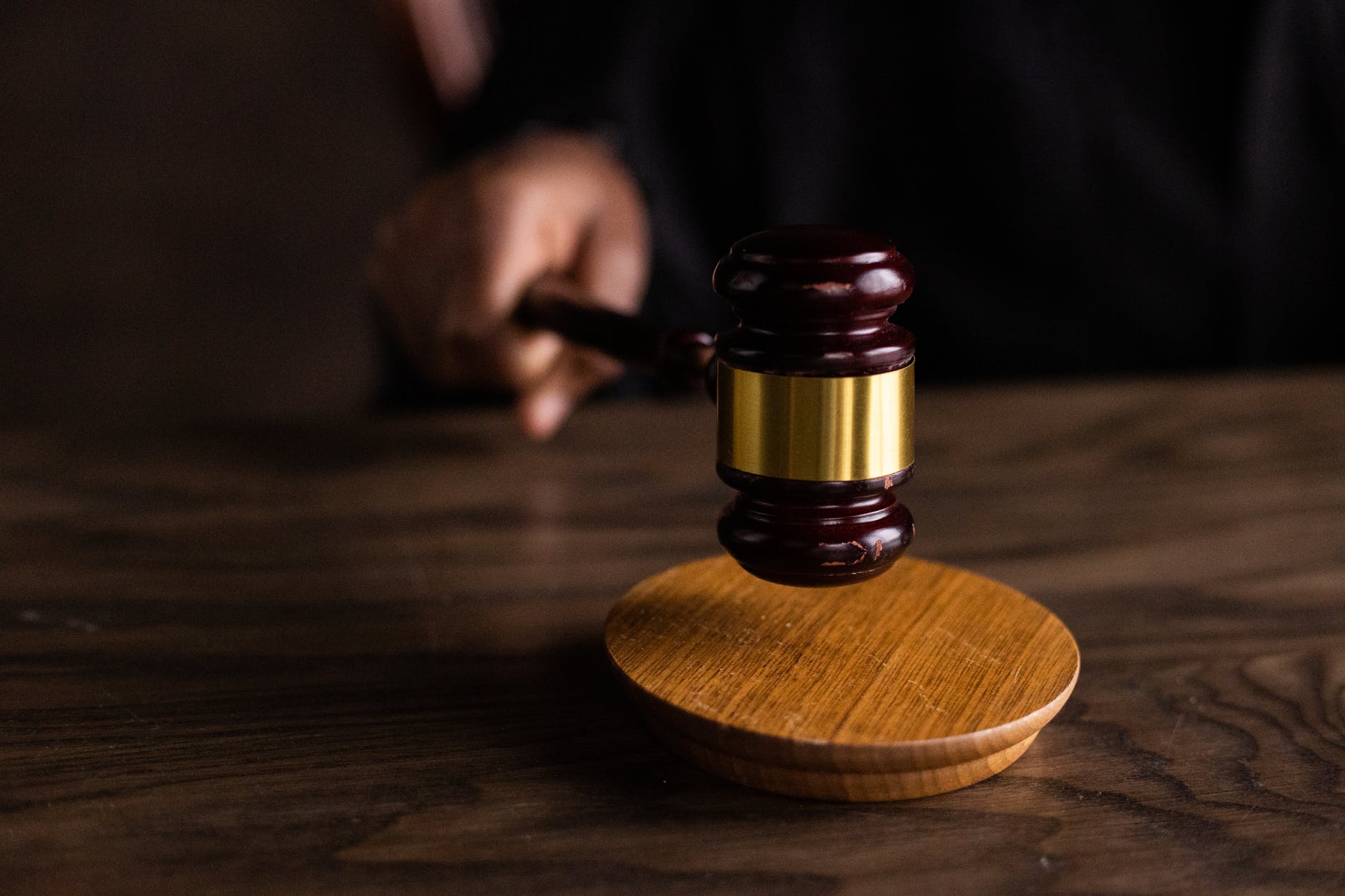As a physician, yesterday’s news about the overturning of Roe v Wade came as a shock. Even though the decision had been leaked, a part of me could not believe it then or now. For a half a century, Roe v Wade protected a woman’s right to make a medically informed decision about her body. Now that right is gone.
The decision highlights the twisted hypocrisy among the far right and anti-abortion religious leaders, who claim to stand for limited government and individual liberty, while supporting decisions that take away individual liberty and place the government directly in the medical office.
The medical office is supposed to be a sacred place of choice. It is where some of the most difficult life decisions are made. Through the process of informed consent, a physician explains the benefits and risks of a treatment based on medical science and research, and then supports that patient’s choice. Sometimes, the scar of these decisions can last a lifetime, but they are made with the solidarity and belief in the personal freedom of each individual to make an informed decision about their medical care that supports their values and goals.
Today, in America, women have lost that right.
Overturning Roe v Wade is an ominous sign of what could come. Justice Clarence Thomas has already said that rulings protecting contraception, marriage equality, and privacy in the bedroom should be overturned. At risk are Americans’ fundamental privacy. It is not hard to imagine the same questionable arguments used in overturning Roe v Wade applied to these cases.
If SCOTUS and others truly wish to protect individual liberties and freedoms they should keep the government out of the medical office. The right to privacy is a fundamental right. Instead of impeding this right, the government and its branches should seek to safeguard the right to privacy at every turn. It is arrogant and misguided to think a woman, or any other person, lacks the capacity to make an informed medical decision with their physician. Sadly, that’s the America we wake up to today.






